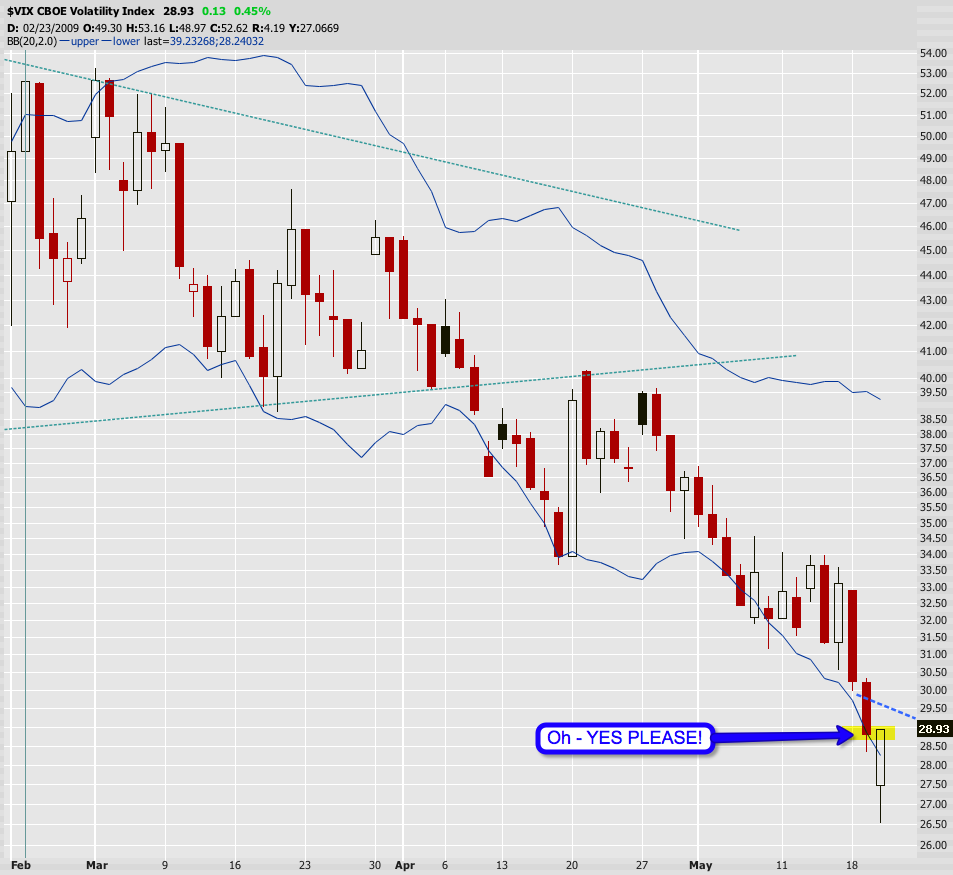1. Never, under any circumstance add to a losing position.... ever! Nothing more need be said; to do otherwise will eventually and absolutely lead to ruin!
2. Trade like a mercenary guerrilla. We must fight on the winning side and be willing to change sides readily when one side has gained the upper hand.
3. Capital comes in two varieties: Mental and that which is in your pocket or account. Of the two types of capital, the mental is the more important and expensive of the two. Holding to losing positions costs measurable sums of actual capital, but it costs immeasurable sums of mental capital.
4. The objective is not to buy low and sell high, but to buy high and to sell higher. We can never know what price is "low." Nor can we know what price is "high." Always remember that sugar once fell from $1.25/lb to 2 cent/lb and seemed "cheap" many times along the way.
5. In bull markets we can only be long or neutral, and in bear markets we can only be short or neutral. That may seem self-evident; it is not, and it is a lesson learned too late by far too many.
6. "Markets can remain illogical longer than you or I can remain solvent". Illogic often reigns and markets are enormously inefficient despite what the academics believe.
7. Sell markets that show the greatest weakness, and buy those that show the greatest strength. Metaphorically, when bearish, throw your rocks into the wettest paper sack, for they break most readily. In bull markets, we need to ride upon the strongest winds... they shall carry us higher than shall lesser ones.
8. Try to trade the first day of a gap, for gaps usually indicate violent new action. We have come to respect "gaps" in our nearly thirty years of watching markets; when they happen (especially in stocks) they are usually very important.
9. Trading runs in cycles: some good; most bad. Trade large and aggressively when trading well; trade small and modestly when trading poorly. In "good times," even errors are profitable; in "bad times" even the most well researched trades go awry. This is the nature of trading; accept it.
10. To trade successfully, think like a fundamentalist; trade like a technician. It is imperative that we understand the fundamentals driving a trade, but also that we understand the market's technicals. When we do, then, and only then, can we or should we, trade.
11. Respect "outside reversals" after extended bull or bear runs. Reversal days on the charts signal the final exhaustion of the bullish or bearish forces that drove the market previously. Respect them, and respect even more "weekly" and "monthly," reversals.
12. Keep your technical systems simple. Complicated systems breed confusion; simplicity breeds elegance.
13. Respect and embrace the very normal 50-62% retracements that take prices back to major trends. If a trade is missed, wait patiently for the market to retrace. Far more often than not, retracements happen... just as we are about to give up hope that they shall not.
14. An understanding of mass psychology is often more important than an understanding of economics. Markets are driven by human beings making human errors and also making super-human insights.
15. Establish initial positions on strength in bull markets and on weakness in bear markets. The first "addition" should also be added on strength as the market shows the trend to be working. Henceforth, subsequent additions are to be added on retracements.
16. Bear markets are more violent than are bull markets and so also are their retracements.
17. Be patient with winning trades; be enormously impatient with losing trades. Remember it is quite possible to make large sums trading/investing if we are "right" only 30% of the time, as long as our losses are small and our profits are large.
18. The market is the sum total of the wisdom ... and the ignorance...of all of those who deal in it; and we dare not argue with the market's wisdom. If we learn nothing more than this we've learned much indeed.
19. Do more of that which is working and less of that which is not: If a market is strong, buy more; if a market is weak, sell more. New highs are to be bought; new lows sold.
20. The hard trade is the right trade: If it is easy to sell, don't; and if it is easy to buy, don't. Do the trade that is hard to do and that which the crowd finds objectionable.
21. There is never just one cockroach!
22. All rules are meant to be broken: The trick is knowing when... and how infrequently this rule may be invoked!


